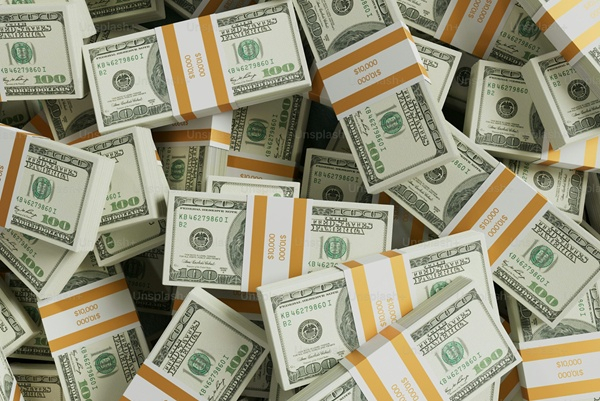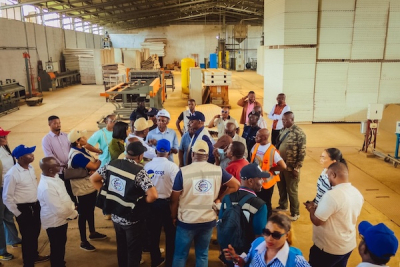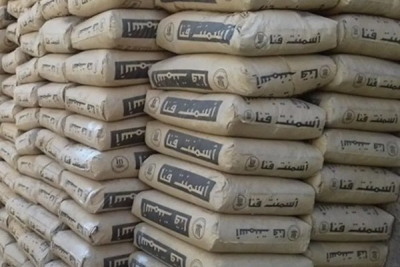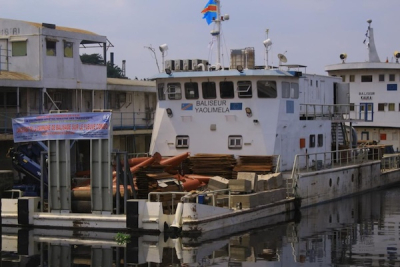Several indicators suggest a potential depreciation of the U.S. dollar in 2025, a currency widely used in the Democratic Republic of Congo (DRC). Among these are the dollar's weakening against the euro, soaring gold prices, and troubling U.S. economic data.
Prices of gold, considered a safe-haven asset, have reached historic highs, nearing $3,000 an ounce. This reflects waning investor confidence in dollar-denominated holdings as they seek protection against a possible decline in the greenback's value.
In the past 30 days, the dollar has lost up to 3.5% of its value against the euro–a drop driven by concerns over U.S. debt sustainability.
The Congressional Budget Office projects a public deficit of $1.9 trillion in 2025—6.2% of GDP—nearly double the historical average of 3.4% (over the past 50 years). This raises questions about the viability of continued investment in dollar assets.
Adding to this uncertainty, major holders of U.S. debt such as China and Japan are scaling back their positions. Beijing, embroiled in trade tensions with Washington, is reducing purchases of U.S. bonds, while Tokyo–the top foreign holder of the U.S. debt– sold portions of its holdings to stabilize the yen and bolster foreign exchange reserves. Europe may also curtail its dollar investments amid its economic challenges.
Impact on DR Congo
A potential fall in the dollar’s value could pull down the value of U.S. equities—particularly in the technology sector. Moreover, the S&P 500 index fell 8.7% month-on-month as Chinese competitors introduced lower-cost AI solutions, dampening expectations around American innovation and AI.
On the trade front, the Trump administration emphasizes tariffs and import reductions to stimulate domestic reindustrialization. Trump’s chief economic advisor Stephan Miran argues that a weaker dollar would enhance American products' competitiveness globally and drive a trade surplus.
These developments could significantly impact the DRC, as it heavily relies on the U.S. dollar for its financial system. According to the Banque Centrale du Congo (BCC), dollars account for 91% of bank deposits in the country, totaling $14.7 billion as of January 2025. A depreciation could thus erode savings' value but also reduce import costs and potentially strengthen the Congolese franc’s role in local transactions.
However, the dollarization of the Congolese economy remains entrenched, with the franc struggling to reclaim dominance. The BCC has kept interest rates at 25% for local currency loans to avoid excess liquidity and further depreciation of the franc. While Congolese authorities have yet to comment on these broader trends, balancing risks and opportunities from a weaker dollar will be critical for navigating this evolving financial landscape.
This article was initially published in French by Idriss Linge
Edited in English by Ola Schad Akinocho










